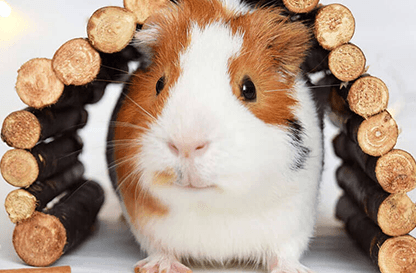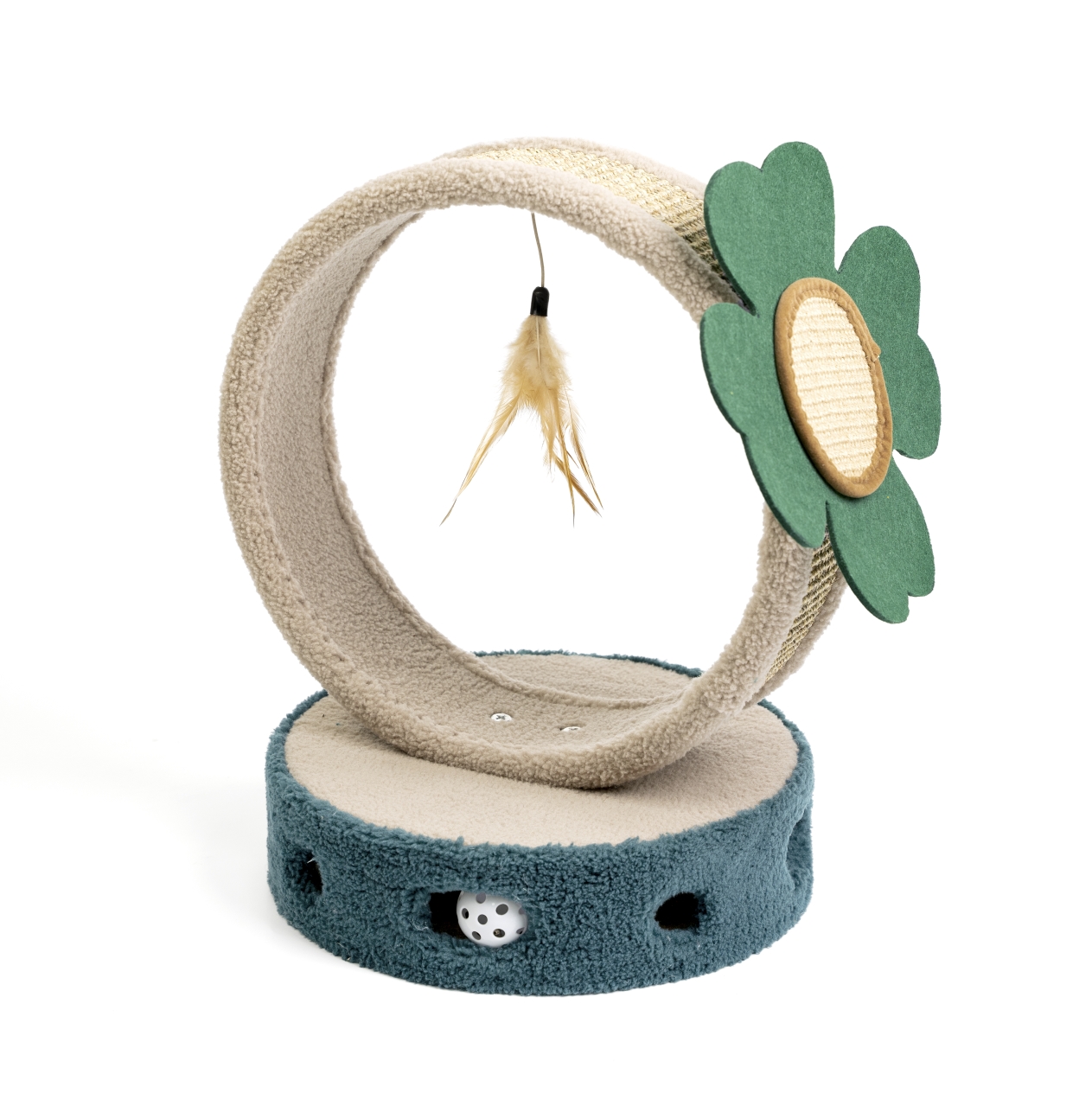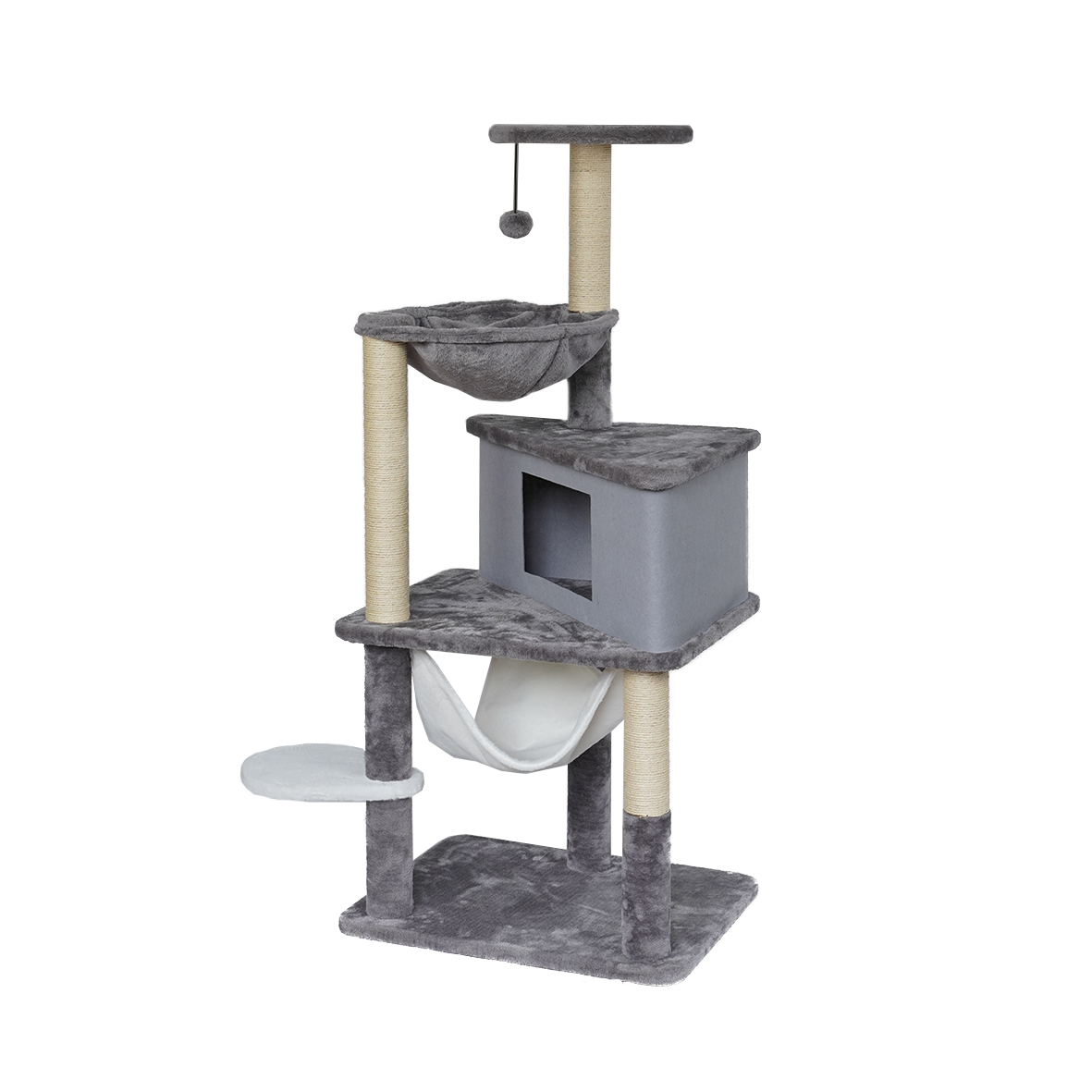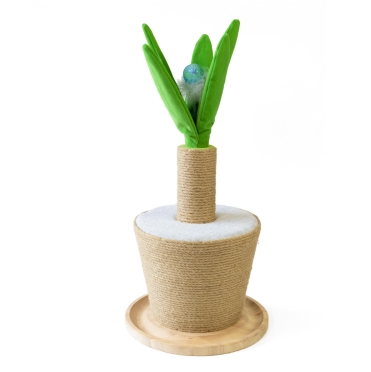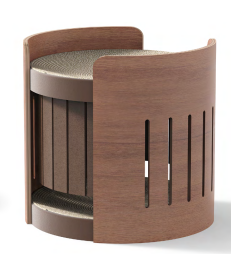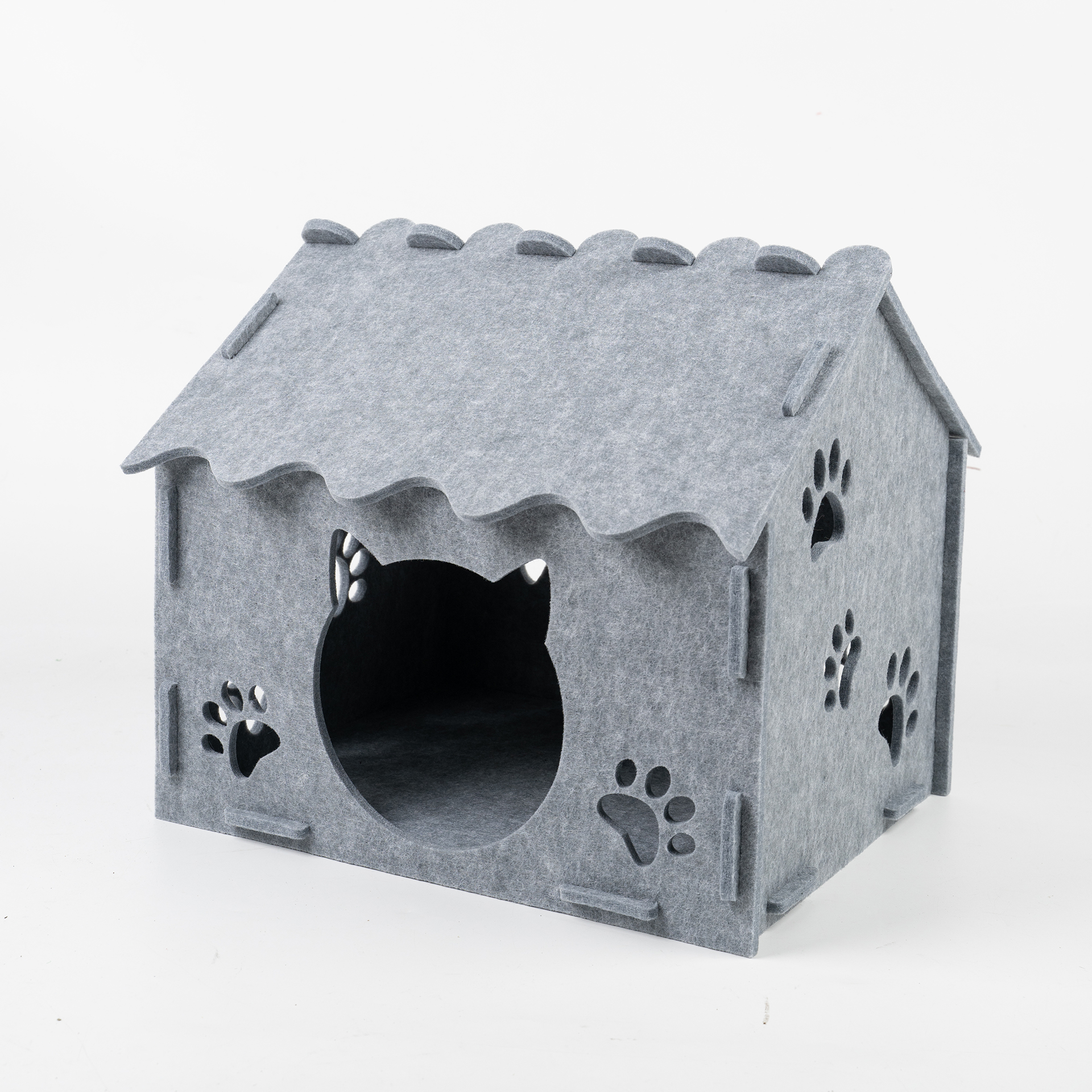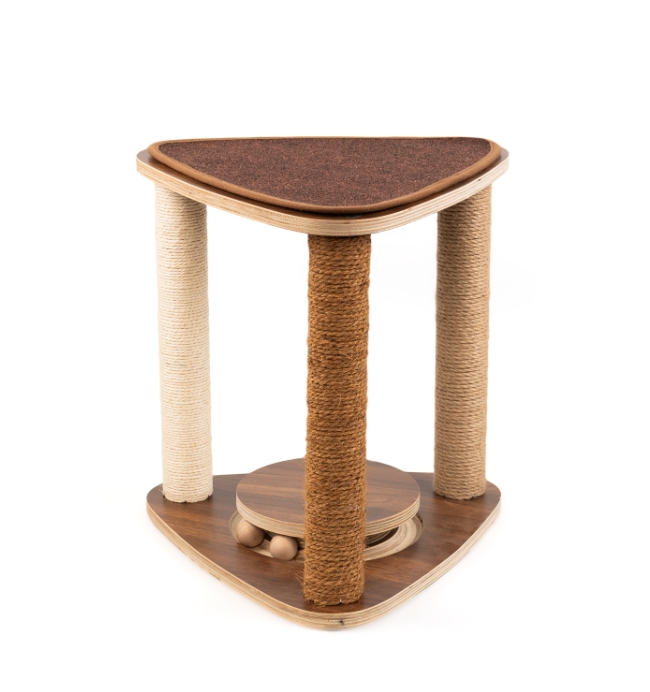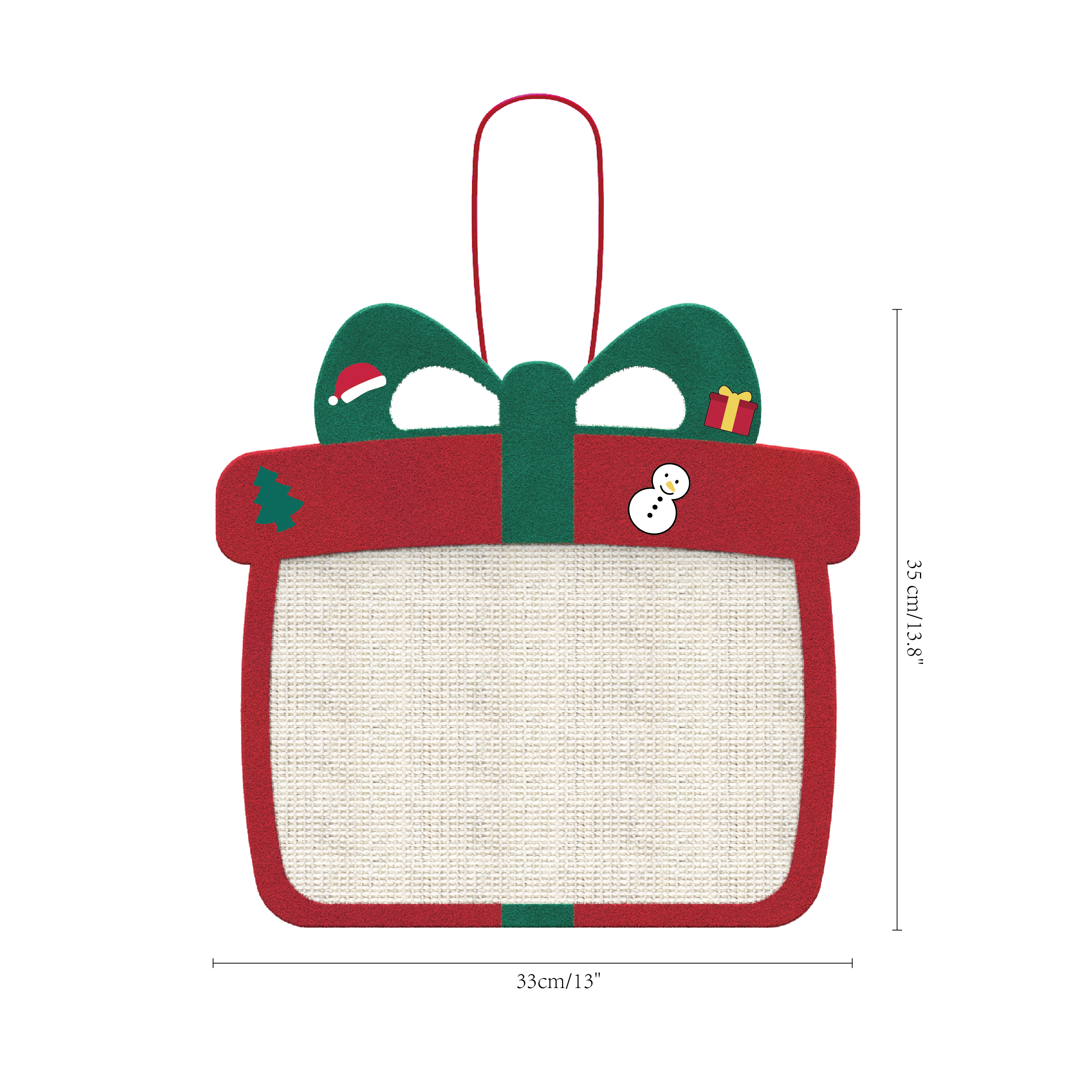Sentian Pet is based on natural materials, and its products are widely used in solid wood, sisal, seaweed, corn leaves and other environmentally friendly materials, which are deeply loved by customers and consumers.
Cats, as natural hunters, have developed their hunting instincts through thousands of years of evolution. Although many domestic cats have adapted to the home environment, they still retain a strong desire to hunt and related behavioral characteristics. In this context, the sound design of cat toys plays a vital role in stimulating and satisfying cats' hunting instincts.
The basis of hunting instinct
Hunting behavior usually includes multiple stages such as finding, chasing, catching and playing with prey. In this process, cats rely on their keen senses, especially hearing, to perceive the presence and location of prey. Cats' ears have the ability to rotate and can capture sounds from different directions, so that they can more accurately judge the direction and distance of prey when hunting. Therefore, sound design is particularly important in cat toys.
Types and characteristics of sound
Cats' sensitivity to sound requires that the sound design of toys must take into account multiple factors, including pitch, frequency, volume and duration of sound.
Pitch and frequency: Cats are particularly sensitive to high-frequency sounds because the calls made by many small prey (such as mice) are usually in the high-frequency range. Designers can use high-frequency sound effects to simulate the sounds of these prey, thereby triggering a cat's hunting response. For example, imitating the squeaking of a mouse or the calls of other small animals can effectively attract a cat's attention.
Volume: The volume of the sound also directly affects the cat's reaction. Too loud a sound may cause cats to feel frightened, while too low a sound may not arouse their interest. Therefore, moderate volume is crucial, which can attract cats' attention without causing fright.
Variation of sound: The variation and uncertainty of the sound can significantly increase cats' interest. Designers can consider using random sound patterns to simulate the escape or struggle of prey to stimulate cats' desire to chase. For example, a toy can make sounds at different time intervals to simulate the movement of prey, thereby keeping cats highly alert.
Attract and guide hunting behavior
Sound design is not only intended to attract cats' attention, but also to guide their hunting behavior. Through reasonable sound design, toys can simulate the behavior of prey and further stimulate cats' hunting instincts.
Simulating the escape of prey: When cats hear the sound of simulating the escape of prey, they will instinctively chase the source of the sound. This sound can be a quick squeak or the sound of a small animal moving in the grass. This design prompts cats to enter the hunting state, enhancing their desire to exercise and explore.
Stimulate the hunting urge: Sound can effectively stimulate the hunting urge of cats. When cats hear high-frequency prey calls, their bodies will naturally react, such as prick up their ears, watch alertly, and prepare to pounce. This physiological reaction is a direct manifestation of the cat's hunting instinct.








 English
English 中文简体
中文简体 Deutsch
Deutsch
